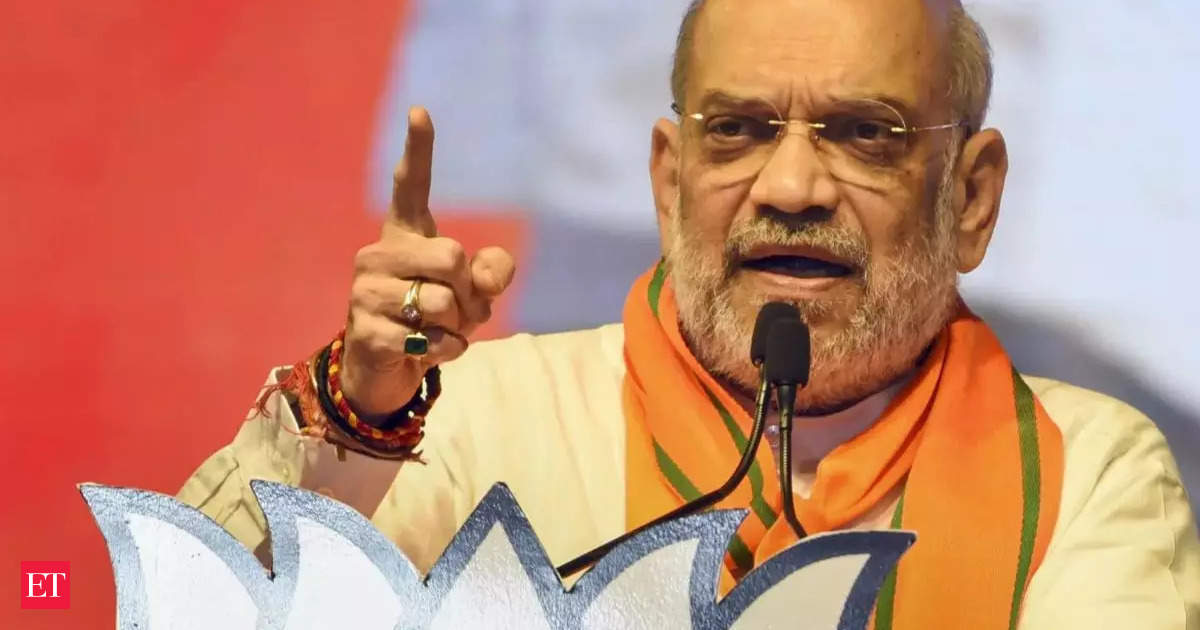The New York Mets have been hit with a record luxury tax bill of nearly $101 million, as a consequence of their disappointing performance in the 2023 season. The team finished fourth in their division, with a tax payroll of $374.7 million, surpassing the previous high set by the 2015 Los Angeles Dodgers. The Mets’ tax bill is more than double the previous record of $43.6 million paid by the 2015 Dodgers. Despite the team’s effort to reduce payroll through trades, their tax bill remains the highest in baseball history.
The Mets managed to save around $18 million by trading players such as Max Scherzer, Justin Verlander, David Robertson, and Mark Canha. However, their projected tax payroll on June 30 was $384 million. If not for the trades, they would have faced an even higher tax bill. The final amount owed by the Mets was slightly reduced due to a tax credit of $2,126,471 under a provision in the collective bargaining agreement. The Mets’ total tax bill over the past two years now amounts to $131.6 million.
In addition to the Mets, seven other teams are also required to pay luxury tax for the 2023 season. The San Diego Padres owe $39.7 million, followed by the New York Yankees with $32.4 million, the Dodgers with $19.4 million, the Philadelphia Phillies with $6.98 million, the Toronto Blue Jays with $5.5 million, the Atlanta Braves with $3.2 million, and the World Series champion Texas Rangers with $1.8 million. Notably, the Blue Jays, Braves, and Rangers are paying luxury tax for the first time in their histories.
The Yankees and Mets are the only teams that exceeded the fourth threshold of $293 million set in the 2022 labor contract. This initiative, known as the Cohen Tax, was introduced to curb spending by Mets’ owner Steve Cohen. The total luxury tax paid by all teams in 2023 reached $209.8 million, more than double the previous record of $78.5 million for the 2022 season.
The Los Angeles Angels narrowly avoided the luxury tax with a payroll of $28,654 below the $233 million threshold. The Angels achieved this by allowing several players to be claimed off waivers. The Texas Rangers, who were projected to exceed the threshold, managed to stay just below it by trading for additional players. Their final payroll was $242.1 million.
Overall, spending on luxury tax payrolls in MLB rose by 12.2% to $5.79 billion, surpassing last year’s record of $5.16 billion.
The New York Yankees have incurred the highest luxury tax payments since its inception in 2003, with a total of just under $390 million. The Los Angeles Dodgers follow closely behind with $234 million. Over the past 20 years, 14 out of 30 teams have had to pay luxury tax.
Tax payrolls are calculated based on average annual values, including earned bonuses, for players on 40-man rosters, along with additional amounts allocated for benefits and the share of each team in the pre-arbitration players’ pool. Deferred salaries and bonus payments are discounted to present-day values. Regular payrolls, based on 2023 salaries and bonuses, are yet to be finalized by MLB.
Teams that owe tax for three consecutive years, like the Padres and Dodgers, pay at increasing rates based on the amount over the threshold. The Yankees, Mets, and Phillies, who owe tax for the second year in a row, also face increasing rates.
A portion of the tax money is used to fund player benefits and player Individual Retirement Accounts, while the remainder goes to a supplemental commissioner’s discretionary fund, intended to support teams with growing non-media local revenue.
The luxury tax threshold for the upcoming year has been set at $237 million. Teams such as the Mets, Yankees, Dodgers, Padres, and Phillies that exceed this threshold would be subject to even higher tax rates, potentially reaching 110% for amounts over $297 million.











